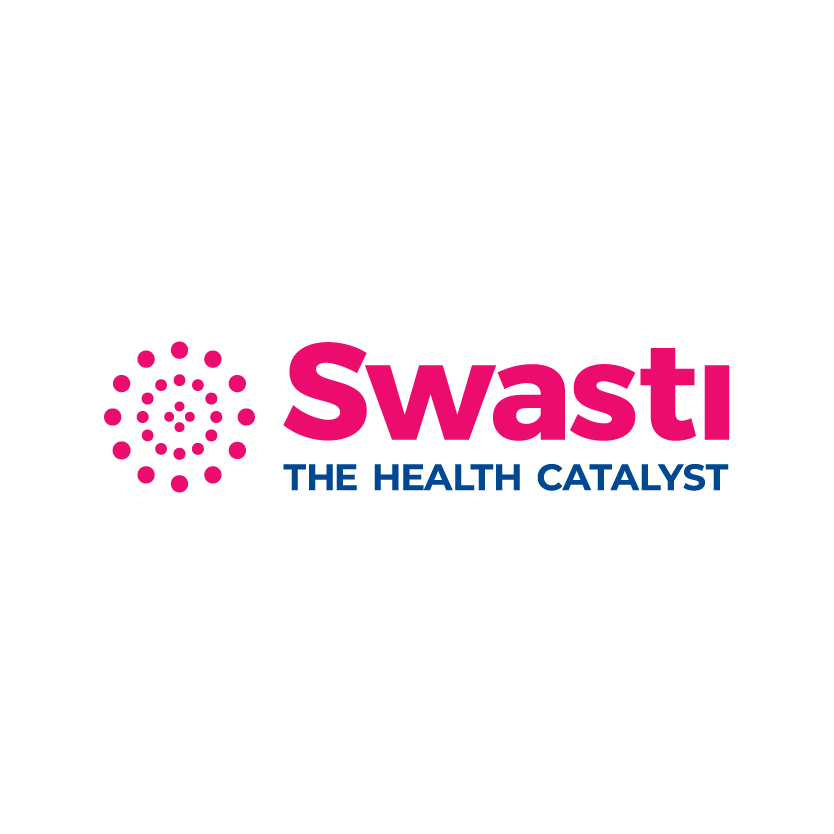

This section hosts guidelines, manuals and toolkits to strengthen public health practice.
Resources
FILTER
BY CATEGORY
View All
A roadmap for infectious diseases elimination in developing countries - Asia-Pacific
15 Sep 2022by Dr Po-Lin Chan, et al.
Summary
The
diseases discussed in this report—HIV, HPV, and TB—are exceedingly prevalent in
the Asia-Pacific area, particularly in the following four nations: India,
Indonesia, Pakistan, and the Philippines. The governance, provision, and
financing of healthcare, as well as the political will to rectify flaws in the
health system, are all highlighted in this report as hurdles to Hepatitis, HIV,
HPV, and TB screening and diagnosis. Additionally, the report highlights strong
barriers, stigma, and ignorance. Since the social determinants of health, which
include the circumstances of birth, development, employment, ageing, and the
larger set of forces and systems influencing conditions of daily life, have a
significant impact on each of these diseases, a more robust approach is
required to manage disease prevention and management.
Overview
Planning at the national level is essential for combating the biggest infectious diseases. However, only India, Indonesia, and the Philippines have active strategic plans for their HIV response; Pakistan's most recent strategy ran through the end of 2021, and there is no publicly available information regarding a plan for 2022 and beyond. All four countries have some type of national strategic plan to address Hepatitis (either B, C, or both), but only India, Indonesia, and the Philippines have active strategic plans. Even when national initiatives are in place, it can be difficult to ensure that they are executed everywhere across the nation, especially in areas with highly decentralized health systems.
Although there are fewer Indians living with HIV than hepatitis, more money is spent on the HIV response than on hepatitis. In addition, the public involvement and IEC activities for hepatitis need to be expanded up.
All four of the focal countries have a sizable private sector, as well as a combination of services that are managed and supported by the government. All four of them rely on a complicated mix of different levels of government support, donations from outside sources, and significant out-of-pocket spending by individuals to pay for healthcare. resulting in a problem with underreporting. Even in situations when there is a requirement to inform the government about the incidence of a specific disease, screening by the private sector frequently takes place without the government's knowledge. Private providers are discouraged from sharing patient information with the government because of insufficient regulation of notification procedures, particularly in the case of diseases like TB and HIV that are stigmatized. When only the wealthiest members of society can afford testing, like HPV testing, it misses the women and girls who are most at risk, and whatever data generated presents an inaccurate epidemiological picture.
When funding for screening and diagnostic programs comes from donors, concerns about their sustainability and the possibility of donor dependency are frequently present. This is a dangerous tactic because international funding for infectious disease programming is increasingly concentrated in low-income nations. Even with donor funding, it might not produce long-lasting effects. It is a typical complaint that when proof-of-concept pilot programs are funded by donors, when the cash runs out, the programs fizzle out rather than take off and are not supported domestically. What illnesses are deemed to be a priority will also determine how much money donors will provide. Although the donor community places a lot of emphasis on the diseases HIV, TB, and malaria, the same cannot be true of HPV, hepatitis B, or c. These diseases receive very little money from donors, and in the four priority nations, there is also a dearth of local funding. This fact contrasts sharply with the popular calls for increased donor support for diseases that donors have historically overlooked, such hepatitis, as well as for diseases that are already on their radar. The expansion of hepatitis, HIV, HPV, and TB screening and diagnosis is significantly hampered by social stigma. “There is stigmatization, marginalization, and discrimination against people living with hepatitis infection, as well as their spouses and children suffer. Stigma is an obstacle to breaking through ignorance about diseases too.
Service provision has been delayed or stopped entirely by the pandemic. But as nations have adjusted to the pandemic and later learned to live with COVID-19, it has also brought about some beneficial developments that, in the future, may improve the way health systems are set up, health services are provided, and diseases are identified and treated. Innovation in digital health, including telemedicine, healthcare data exchange, and at-home disease diagnosis and management, was pushed by the need to quickly switch to new modalities of service delivery. For instance, once routine testing services were interrupted, HIV self-testing increased in popularity.
The
enormous burden that hepatitis B and C, HIV, HPV, and TB present must be
addressed, and screening and diagnosis are crucial steps that are frequently
underestimated and devalued. The four focus nations for this report each have
distinct problems with the prevention and control of infectious diseases, but
their experiences also highlight common issues and areas for development.
A
vital part of enhancing health systems, achieving UHC, and reaching SDG targets
is diagnostic infrastructure. In the wake of the COVID-19 pandemic response,
all four countries have unmatched access to diagnostic and testing equipment.
Both government policy and donor financing schemes ignore Hepatitis B, C, and
HPV. Donor initiatives do not consider the prevalence of cervical cancer and
Hepatitis. Given the rising quantity of research on the cost-effectiveness of
Hepatitis B screening. These illnesses, along with HIV, TB, and malaria, should
be included in coordinated funding efforts by both governments and donors for
B, C, and HPV.
Long-standing
burdens of sickness, which are intertwined with larger social and political
causes, cannot be resolved by the health system alone. They can only be handled
by working together across governmental boundaries, as well as between
governments, the community, the commercial sector, and in the case of
programs focusing on specific diseases, the patients themselves. Increased
interaction with the private sector will also encourage the development of
screening tools, particularly the low-cost, high-volume testing techniques
required to bring screening to the level of neighborhood clinics, including
those in rural and remote places. Investment in infectious disease prevention
education and awareness must also include participation with communities
and patient groups.
Related File :
5254151974.pdfCategories
Report

 EXPLORE DATA
EXPLORE DATA 



























